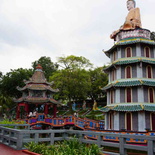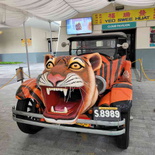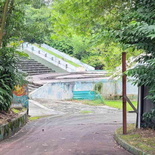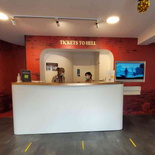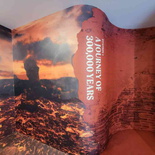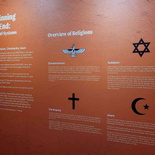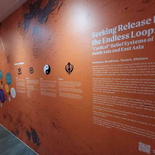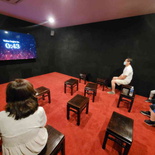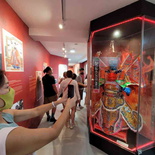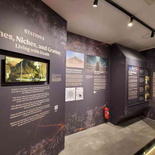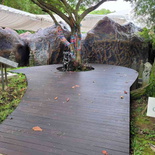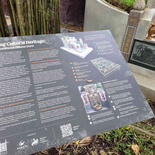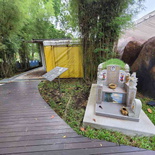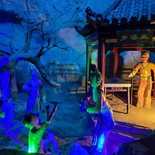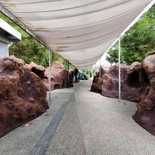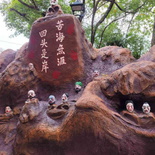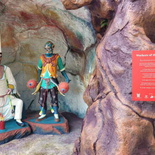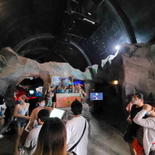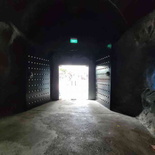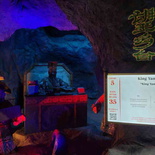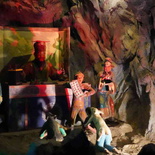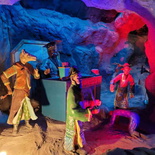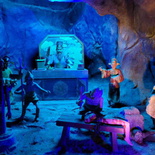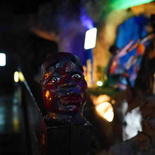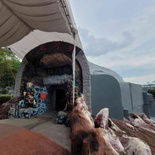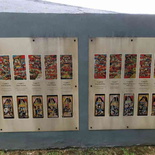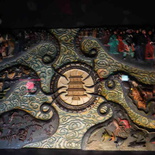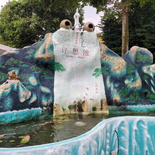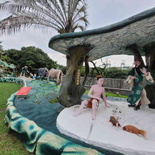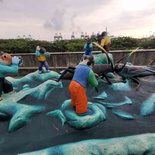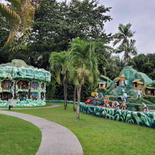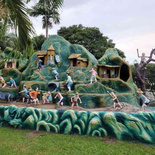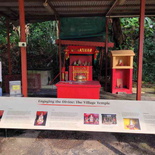Fancy a vision of death and the afterlife? The Haw Par Villa Hell’s museum is one of awe and wonder with their infamous Ten courts of hell. Let’s go on a personal journey through death and beyond, envisioned through time by cultures, civilisations and religions.
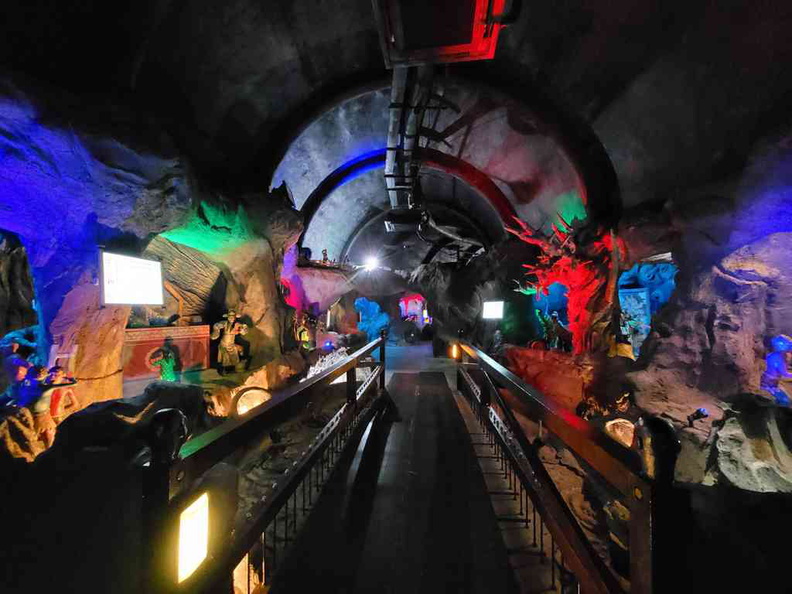
A walk through memory lane
Going back in time, Haw Par Villa Hell’s museum were part of a sprawling massive gardens conceived by Burmese-Chinese brothers Aw Boon Haw and Aw Boon Par, where the park is named after. In the 1960s, Boon Haw first constructed the halls as a walk-in attraction featuring the 10 courts of hell.
Also, the halls were created as means to instill filial piety, Chinese folk history and morality through education in their parks.
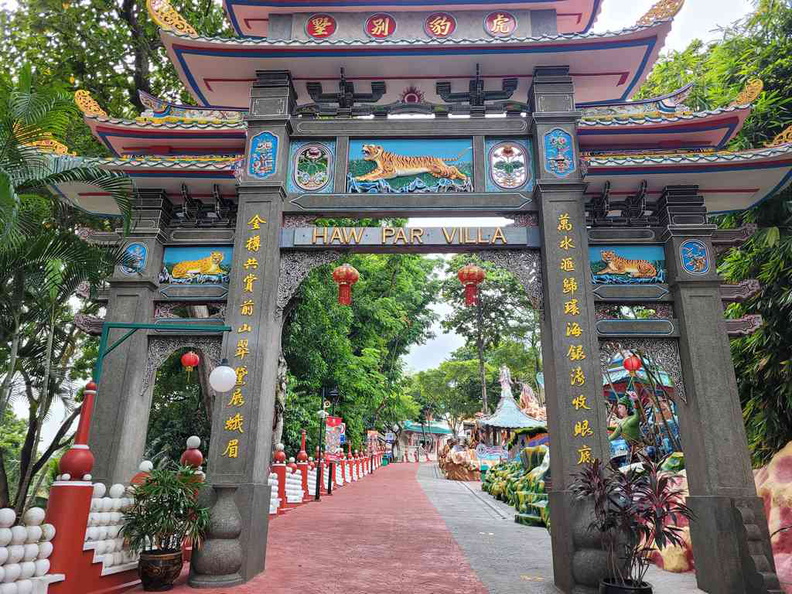
Furthermore, the halls are reminiscent of the Har par villa Dragon world theme park in 1988. This was when the park was commercialised in the early 90s by the Singapore Tourism Board. Also, the halls of hell were rebuilt into a massive orange dragon which sits at the front of the park and visible from West coast highway.
Before that, on 1986, companies Fraser & Neave and Times Publishing invested to add animatronics and tech to modernise the park’s attractions. Following’s the commercial failure of Dragon World, owning to the park’s $16 steep entrance fee in the 90s, the iconic dragon boat ride, and Chinese martial arts performance amphitheatre were demolished with the park opened to public for free. Over 20 years down, the Halls of Hell was closed for renovations in 2020, reopening this year.
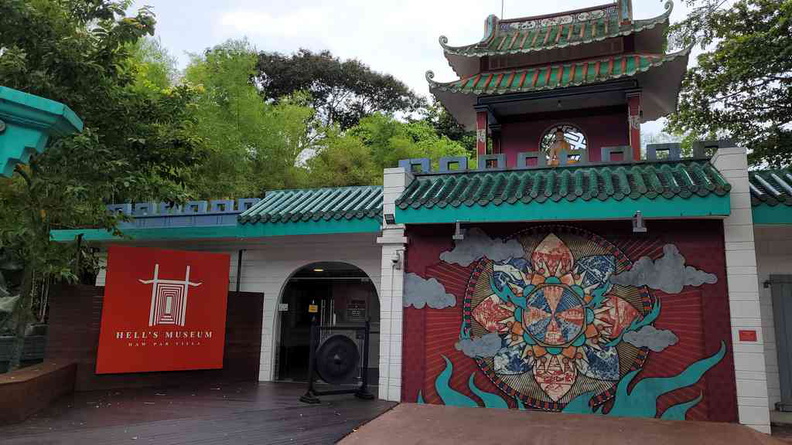
Covering topics on the celebration of death
The hell museum touts to be the only one focused on topics of religion, death and beliefs of the afterlife as part of the renewal cycle. Moreover, the exhibitions spanning over 3,800 sqm of ground, teaches and see you through a 300 thousand year journey. This is through the origins of most religious beliefs, mainly originating from Asia.
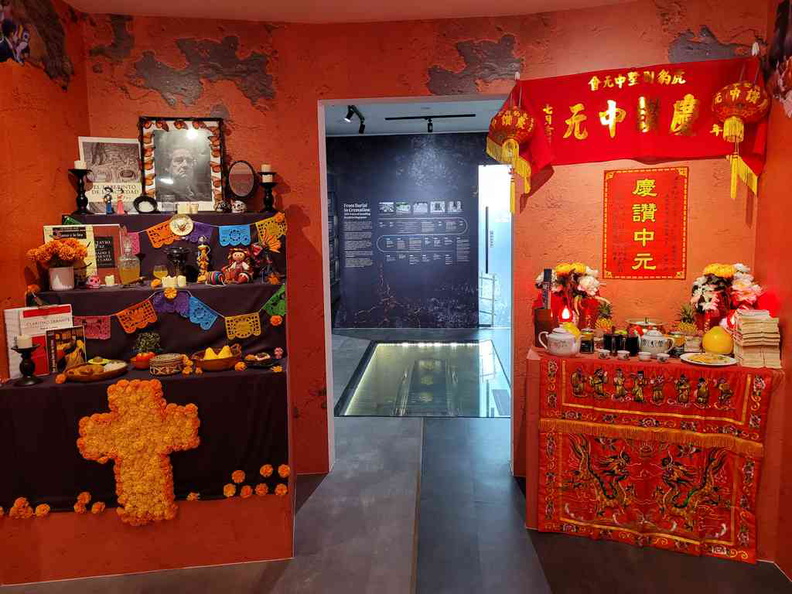
Touched too are background of relatively modern present-day religions like Islam, Christianity, Judaism and Zoroastrianism. This is propagated though these distinctively different religious entities which do share very common roots from Asia. Also covered too are Death rituals and how Singapore manages the death trade and burial grounds.
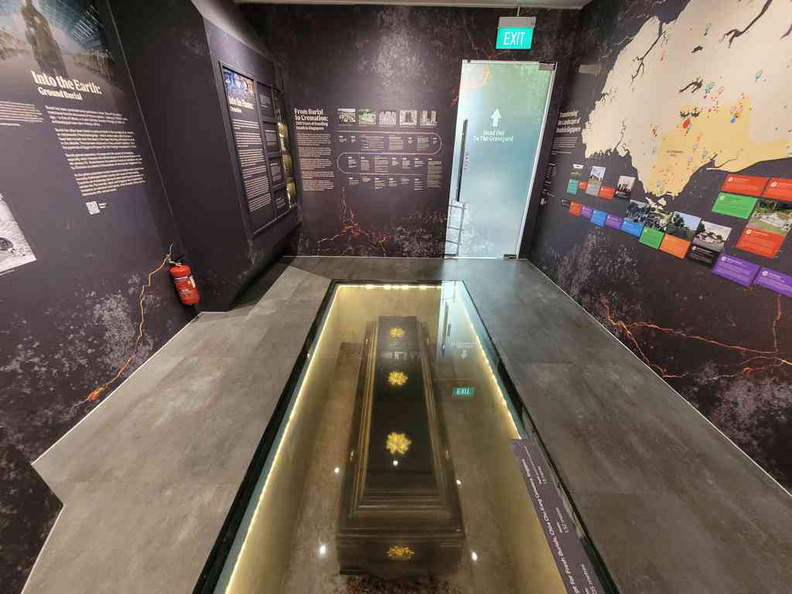
Hell museum exhibition galleries
Moreover, the Hell museum galleries are split into 2 main distinct areas. The first being am door air-conditioned gallery museum covering on influence of religion, cultures and beliefs of death around the world. Also, the second is an outdoor park area where the Halls of hell reside too.
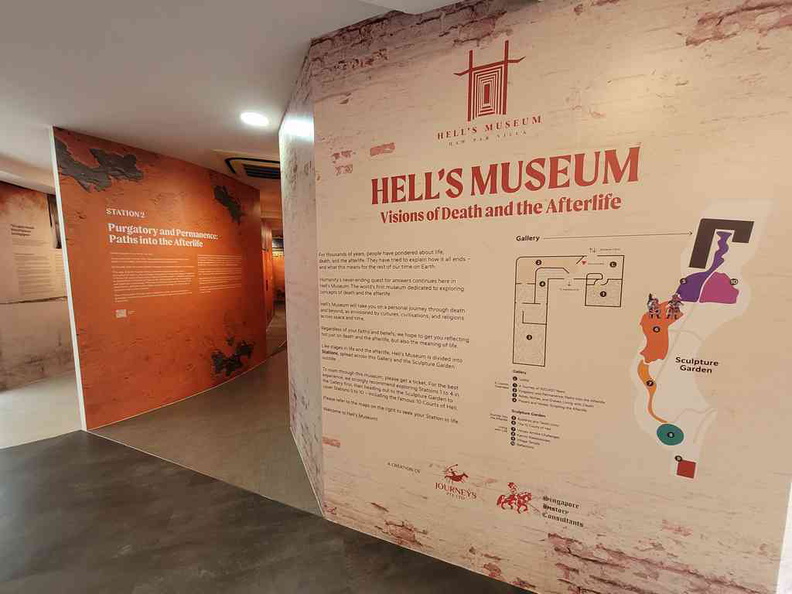
Furthermore, getting to the museum involves entry through the regular Har par villa grounds. As it had been for the last decade, you can enter the park grounds for free. You enter the Hell museum by walking through the park’s gift shop. Also, only the hell museum area has a payable entrance fee of $18 per head. Also, there are no price discounts for seniors and only chicken ticket price available.
Following an introductory video, you can tour at your own time an informatic display teaching of the origins of various religions of the world. Covered on too are various ways different cultures remember or honour their dead. Examples includes topics of Qing Ming or the Mexican day of the dead, which October Halloween traces its origins from.
Topics of living with death
Interestingly, the exhibits spots a mock-up of a ground burial with a mock up coffin, a graveyard and Chinese funeral. It is complete with an elaboration of the items placed in the prayer altars. Even the face of the “dead” lady at the mock up grave and funeral is a fictional person with a computer-generated face and ancestry tablet text for illustration.
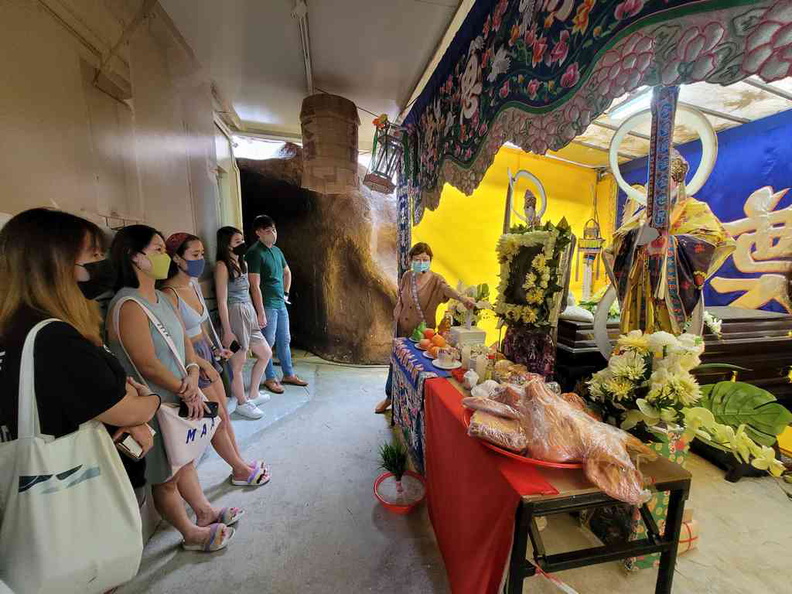
Moreover, the galleries then move on to cover topics of living with death, prayers, verses and festivals used to honour the dead. Examples includes burning of paper offerings and food. Also, there is even a Chinese Goddess of mercy deity paper offering figure made by Yeo Swee Huat Paper agency on display.
Saving the best of last the highlight of the museum is the Courts of hell. These Halls of Hell reside in an outdoor section of the park. It is a short walk from the air-conditioned walkway into an open-air outdoor corridor leading to the hell museum entrance. Notably this outdoor walkway is shaded and sheltered from rain and sun with white-coloured tents.
Also, the outdoor sculpture garden is home to some minor sculpture representations of Buddhist and Taoist icons and various gods. These scary looking gods guides the dead into the afterlife, tad like the Asian version of the grim reaper.
The 10 courts of hell
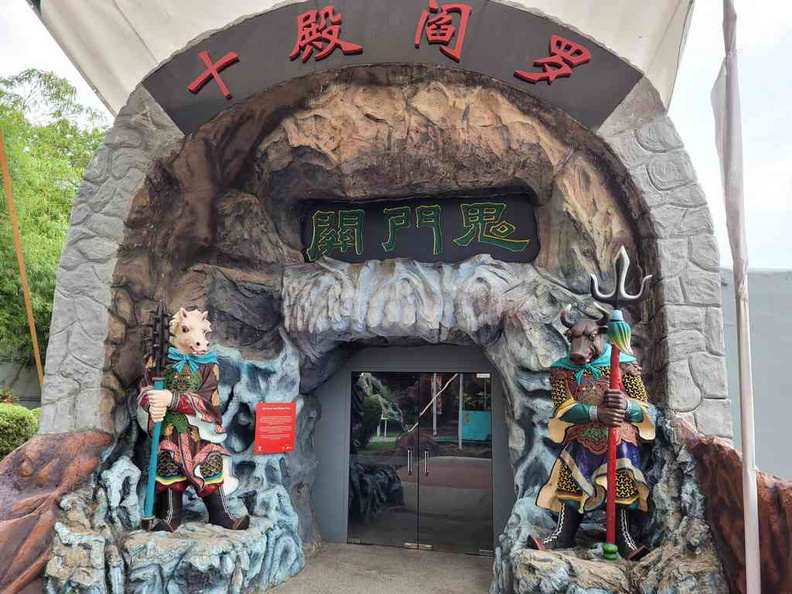
Moreover, guarding the hall entrance are two guards of Hell, namely “Horse head” and “Bull Head” anthropomorphic guards. A pair of double doors greets you at the 10 courts entrance into an air-conditioned interior.
A story of Purgatory and Permanence
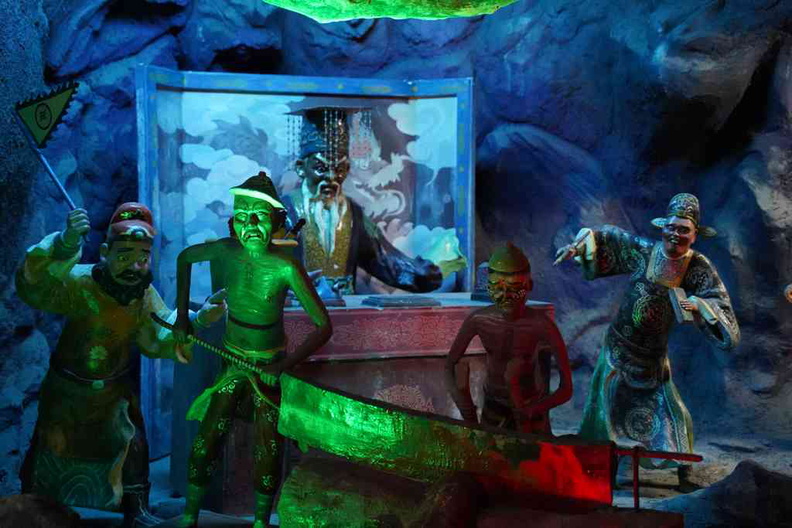
Furthermore, the courts of hells tell a story of Purgatory and Permanence, following the several days after one’s death into the afterlife. Here, the dead are judged based on the deeds and misdeeds they had done at several check points which make up the various “courts of hell”.
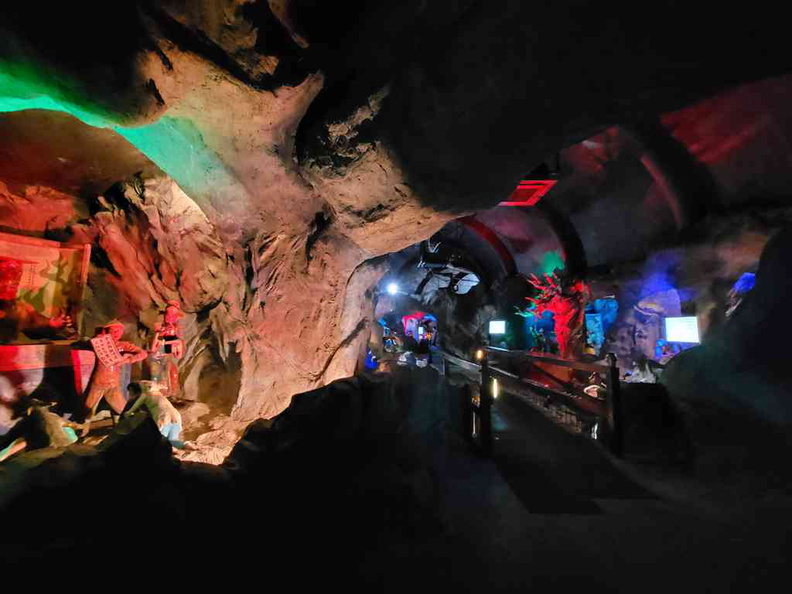
For example, the first court known as the “King of the First River” which occurs 14 days after death. It is one which judges of sins of causing hurt, cheating, stealing and prostitution.
In addition, punishments for such misdeeds involve throwing the dead into pools of lava, freezing ice or grilled alive. Also, other misdeeds involve the Lack of filial piety and disobedience towards siblings which it also is judged on the courts as the day progresses, with their own punishments as such.
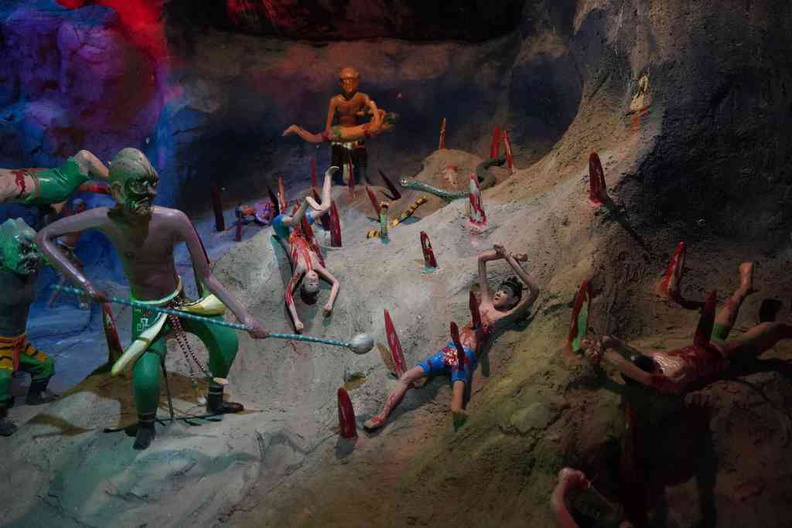
Furthermore, there are many variants of the courts of hell, some with 10 like this one here and some overseas even having 14. It is based on mostly interpretation. Also within, there is even a bridge at the center of the hall which sits over an “oil pan” which the dead would fall over into if they are unable to cross the bridge proper.
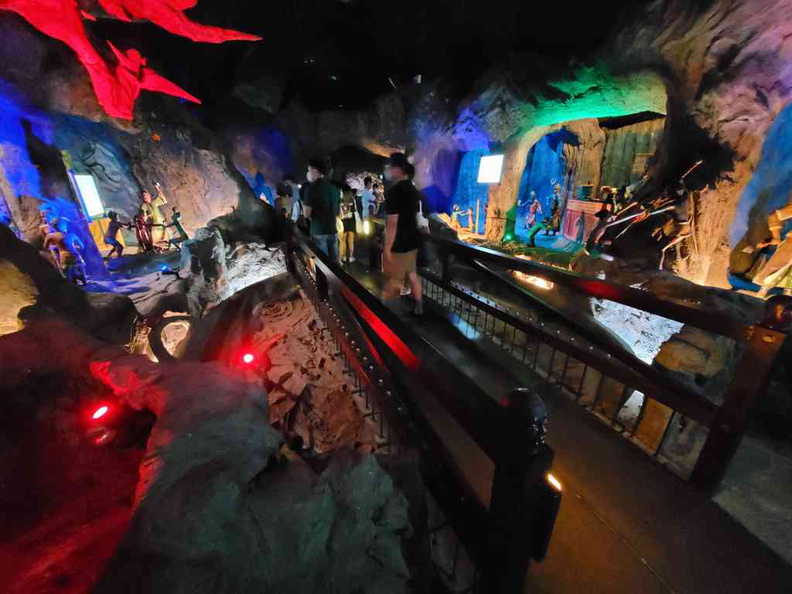
The halls used to be a river attraction
Today, the Halls of hell is a walk-in attraction. This is how it was initially conceived when first built in the 1960s. Notably, the halls were built by Chinese crafts people. These were maintained over the decades of the life of Haw Par Villa park. Believe it or not, the halls used to be a paid water boat tour ride during the commercialization of Dragon world, where a river runs through the course and a giant dragon sculpture encasing the halls.
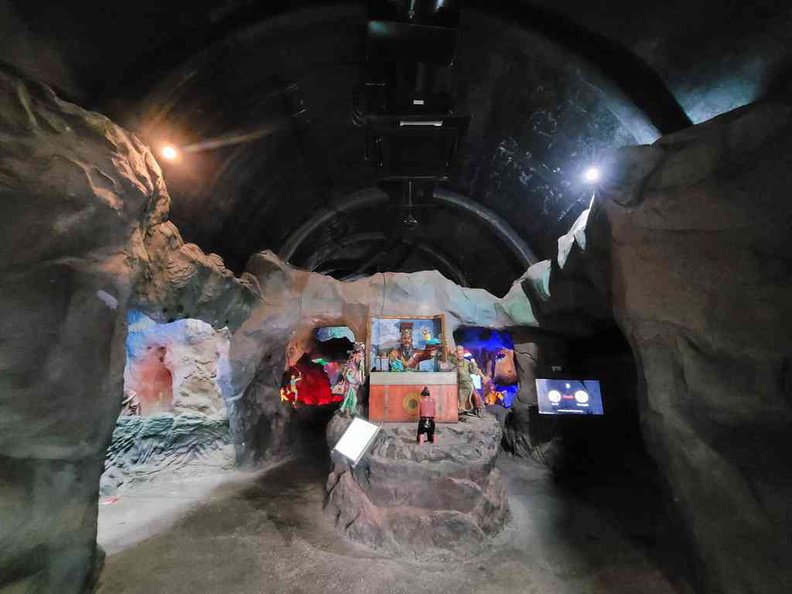
Also, left behind are bare structural remnants of the old dragon sculpture. Also, interestingly, when inside, if you are observant enough, you will notice the internal bone structure of the dragon still retained in the halls ceiling. Only they are all painted matte black.
Also, I remembered the boat ride back then didn’t allow you to catch most of displays due to a moving boat. Today, the iconic Dragon world dragon boat ride building had long since been demolished. Still, the shell of the hell museum building, less the Dragon facade still sits at its original site on the edge of the hill overlooking Pasir Panjang road.
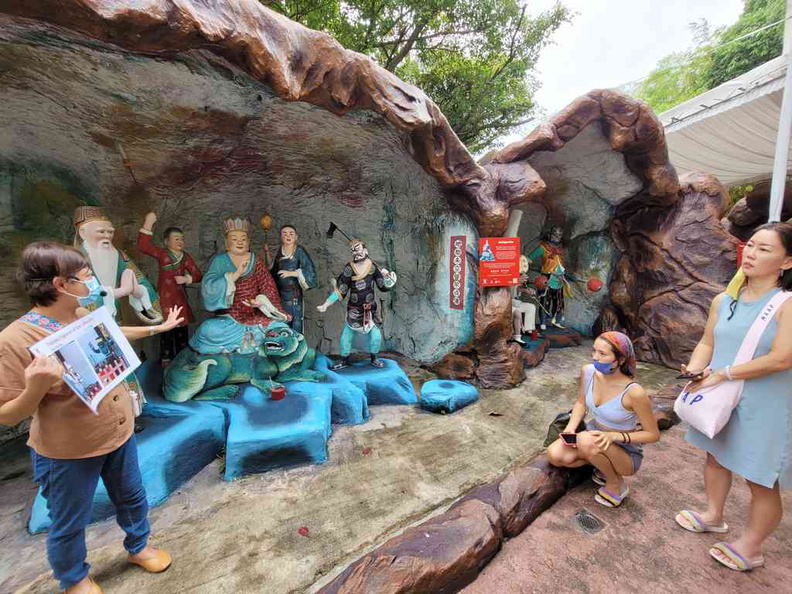
Outdoor sculptures and Karmic Samsara display
Wrapping up, the 10 stages in the Court of Hell ends with a Karmic Samsara display before exiting outdoors into a sculpture displays of Kaleidoscope sculptures.
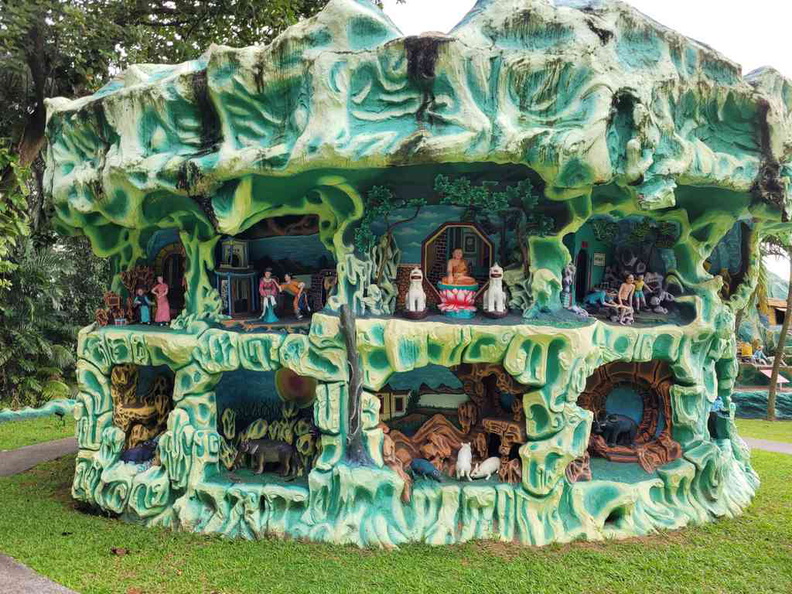
There are also statues covering topics of filial piety, teamwork and some other random statues which is sort of a miscellaneous curation in this open space. The sculptures are themed similarly to the displays in the free regular areas of the area, but is notably only accessible only with a Hell museum ticket to see it.
Also, a corner in this park is where the establishment’s Village temple sits. It is both an exhibit and a real prayer altar. Notably, the shrine was built by the workers working in the park during the theme park era.
Ticketing and Pricing
Also, the Hell museum does 4 daily guided tours with two in the morning and two in the afternoon. The tour lasts about 90 minutes and see you through both the indoor museum and outdoor galleries, as well as covering the narrative of the halls of hell. I was brought along for the tour by tour guide April. She is a tour guide by profession and does tours voluntarily to educate the masses on Singapore’s cultural history. Do note guide here do not accept gratuities.
Separate, I felt the attraction ticketing experience could be improved. At the point of writing, you can only purchase the tickets to the hell museum online beforehand. Also, there are no options for in-person ticket purchase at the venue unless paid full in cash. This is made worse with very sketchy mobile reception at the museum gift shop area of the park if you were to do any last-minute ticket purchases from Haw Par Villa’s Hell’s museum website on-site.
With the ticketing gripes aside, the museum is rather enjoyable despite its small size. Additionally, considering that the museum is privately run and owned, the $18 ticket price per person is above average, but still a fair price. However, this puts the Hell Museum in the same ticket price range of the Lee Kong Chian natural history museum and the MBS Art science museum, which seem to offer better value and more things to see.
That’s all folks
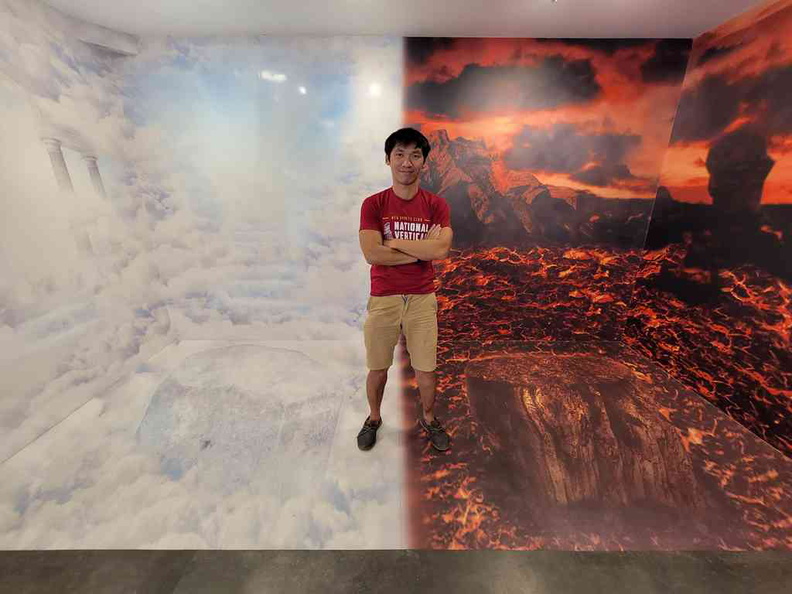
All in all, the Haw Par Villa Hell’s museum and it 10 courts of hell brings you on a personal journey through death and beyond, envisioned through time by cultures, civilisations and religions. Despite it’s higher than expected ticket price, I find the Hell’s Museum offerings refreshing, touching and provides you with a deeper understanding on taboo topics and it’s infamous 10 Courts of Hell.

